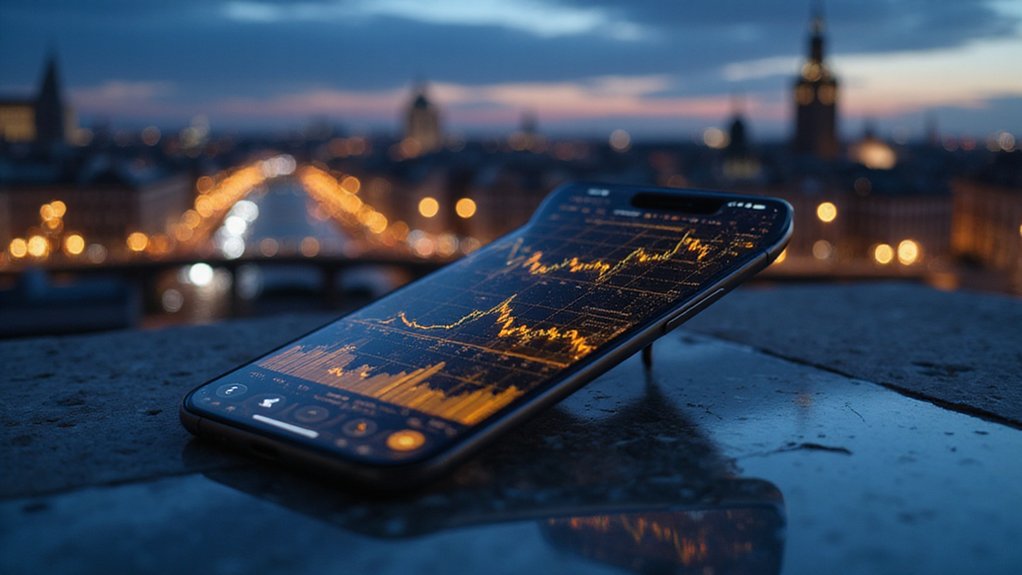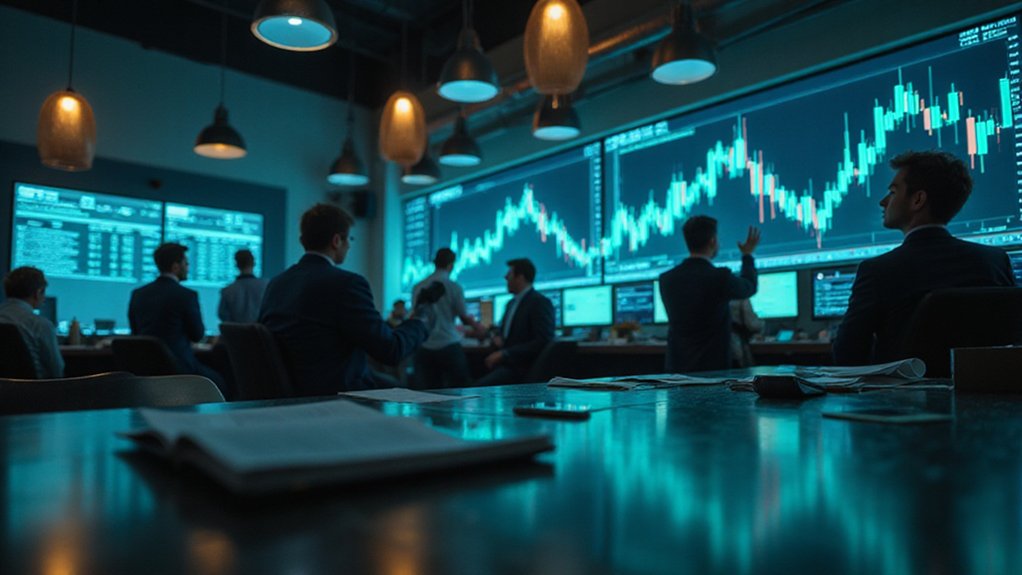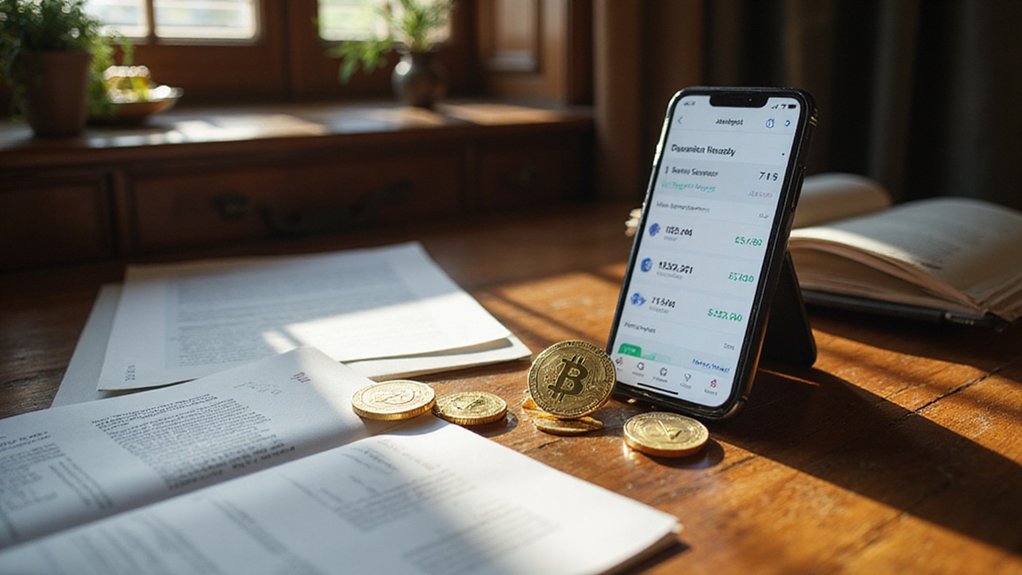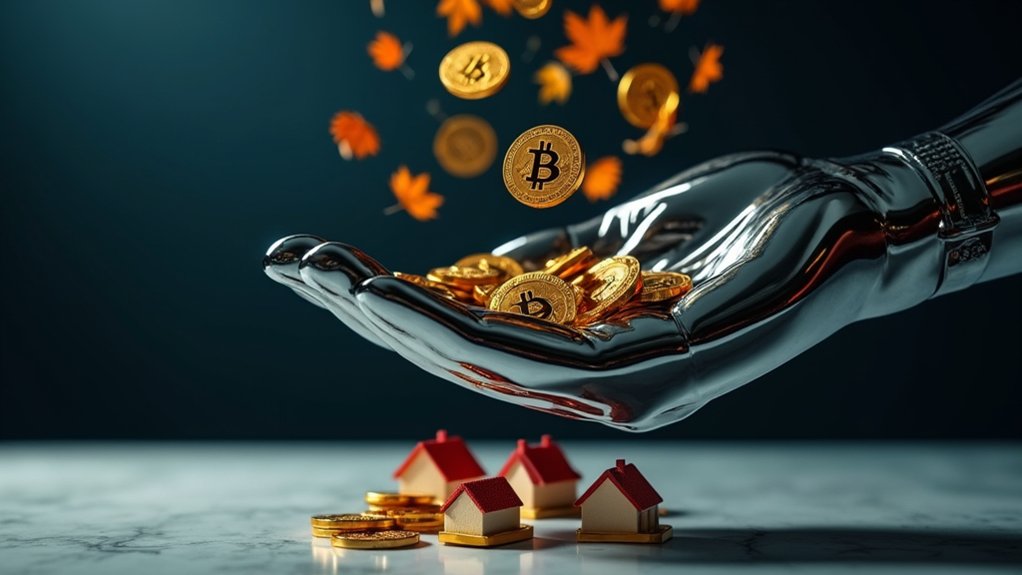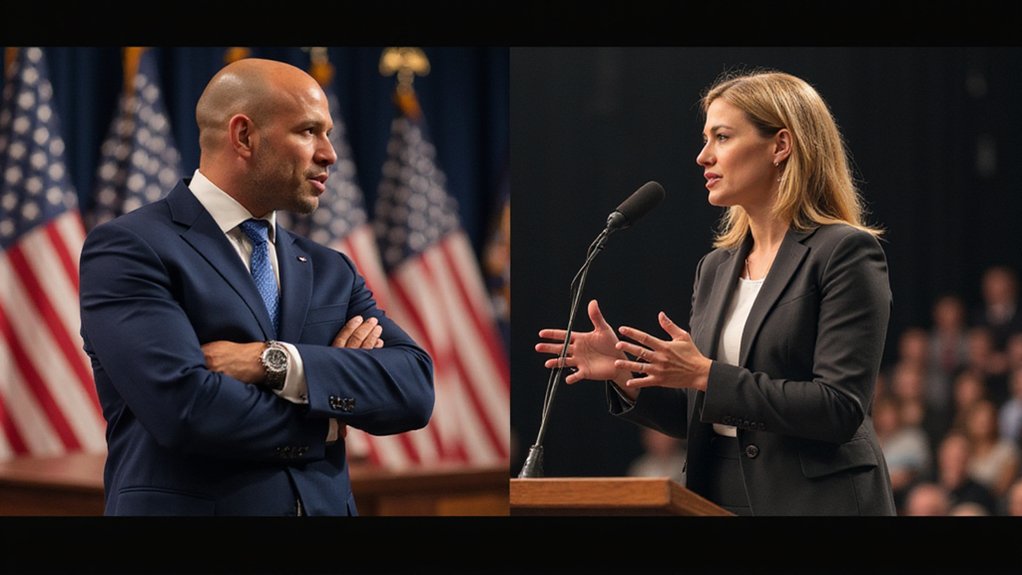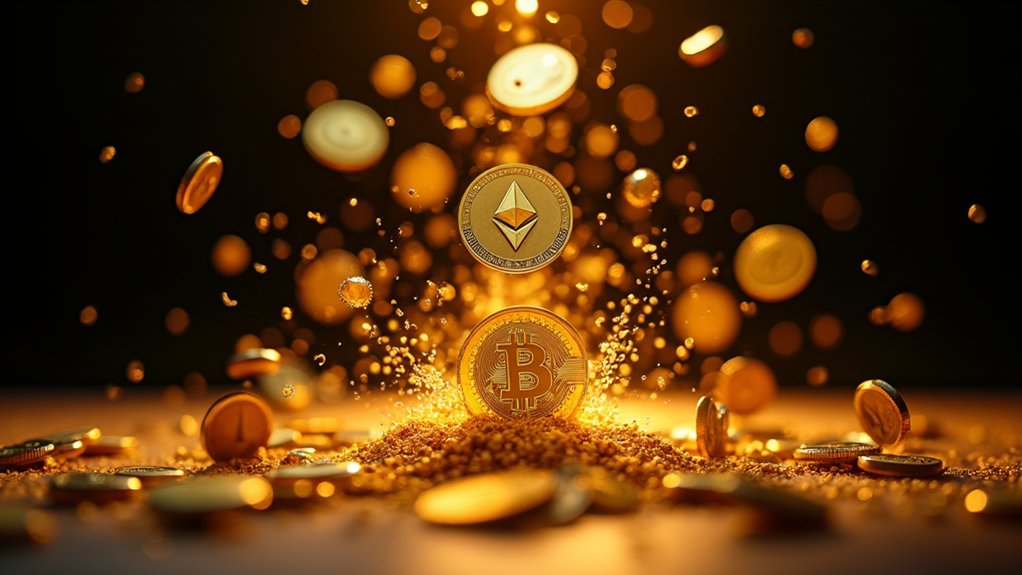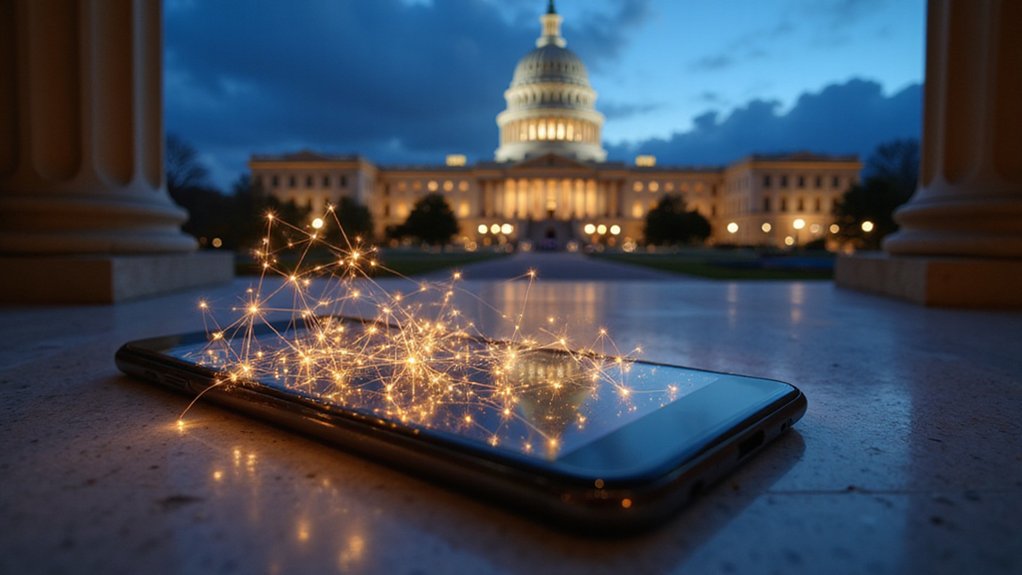The financial world stands poised at an inflection point where trillion-dollar markets of illiquid assets—from Manhattan penthouses to vintage Bordeaux collections—await digital resurrection through blockchain tokenization. Digital real-world assets (RWAs) represent this ambitious attempt to bridge the chasm between traditional finance‘s gatekeeping mechanisms and decentralized finance‘s democratizing promises, converting physical assets into tradeable digital tokens that encode ownership rights with mathematical precision.
The transformation hinges on rebuilding foundational elements that have long constrained asset liquidity. Asset identification and verification processes, once relegated to dusty filing cabinets and bureaucratic maze-running, now require blockchain-compatible frameworks that can confirm legitimacy while maintaining immutable records. Legal frameworks must evolve beyond their current state of regulatory bewilderment—jurisdictions scrambling to understand how a tokenized Picasso differs from a traditional certificate of authenticity (assuming anyone still remembers where they filed those).
Asset verification moves from dusty filing cabinets to blockchain frameworks while regulators scramble to understand tokenized authenticity certificates.
Smart contracts automate asset-related operations with algorithmic indifference, executing transactions without the traditional intermediaries who have historically extracted their pound of flesh. These self-executing agreements enable fractional ownership, transforming a $50 million commercial property into digestible investment portions accessible to retail investors previously excluded from such markets. The custodianship systems ensuring each digital token maintains full backing by corresponding physical assets become critical trust anchors in this new paradigm.
Liquidity transformation occurs through 24/7 trading capabilities that eliminate traditional market hours—because apparently, investment opportunities should not be constrained by antiquated concepts like business hours. Price discovery improves through blockchain’s transparent ledger, though one might wonder whether improved transparency will reveal pricing inefficiencies that certain market participants preferred to keep obscured. The continuous engagement enabled by tokenization allows investors to interact with assets without the temporal limitations of traditional markets.
Integration with DeFi protocols allows RWAs to serve as collateral for lending and borrowing, introducing real-world value into digital finance ecosystems. Oracle technologies verify real-world asset data, feeding trustworthy information on-chain while maneuvering the inherent challenges of translating physical reality into digital certainty. The diversified portfolios enabled by tokenization create new investment opportunities that span asset classes previously inaccessible to most investors.
The potential market value reaches hundreds of trillions of dollars, suggesting either unprecedented opportunity or characteristic crypto-market optimism. Success depends on whether foundational rebuilding can overcome regulatory uncertainties, cybersecurity risks, and the fundamental challenge of maintaining asset backing integrity across digital and physical sectors. The institutional adoption of tokenized assets will likely accelerate as compliance frameworks provide the clarity necessary for mainstream market participation.


